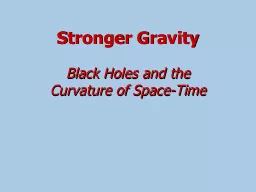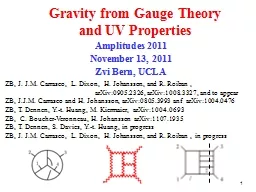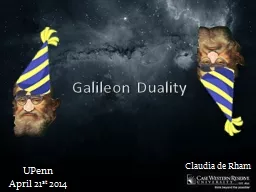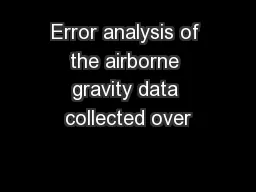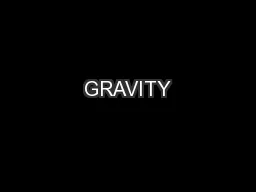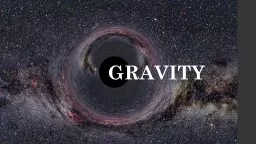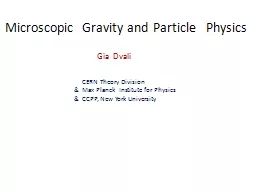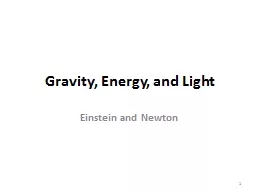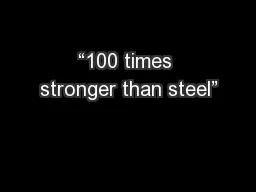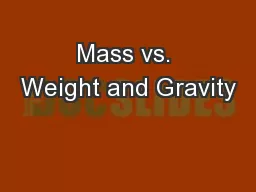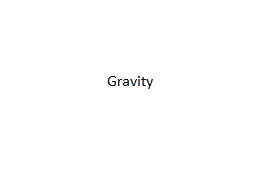PPT-Stronger Gravity
Author : faustina-dinatale | Published Date : 2017-06-21
Black Holes and the Curvature of SpaceTime Black Holes The name black hole was coined by John Archibald Wheeler of Princeton University in the 1960s At that time
Presentation Embed Code
Download Presentation
Download Presentation The PPT/PDF document "Stronger Gravity" is the property of its rightful owner. Permission is granted to download and print the materials on this website for personal, non-commercial use only, and to display it on your personal computer provided you do not modify the materials and that you retain all copyright notices contained in the materials. By downloading content from our website, you accept the terms of this agreement.
Stronger Gravity: Transcript
Download Rules Of Document
"Stronger Gravity"The content belongs to its owner. You may download and print it for personal use, without modification, and keep all copyright notices. By downloading, you agree to these terms.
Related Documents

